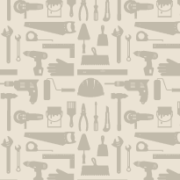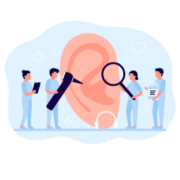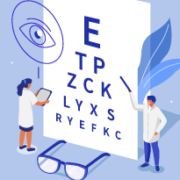How Loud Is It?
When Breaking Out the Power Tools, Protect Your Ears
Since childhood, you’ve probably heard the warnings about loud noises and hearing loss. Maybe you’ve even experienced the sensation of ear pain, ringing in the ears, a headache, or a moment of hearing difficulty after the piercing bang of a firecracker, a blast from your phone playing music on high volume, or an ice-crushing blender whirring at the fastest speed.
But how loud is too loud? As power tools get pulled out of storage for spring projects, let’s look at the level of noise they generate and what you can do. After all, hearing is one of the most important senses. Understanding the dangers of excess noise exposure — and how you can protect your ears — can go a long way toward preserving your hearing.
Measuring Noise: Easy App
Did you know? The free NIOSH Sound Level Meter app, compatible with iOS-based mobile devices, can measure the sound level in your environment — at home, work, or play.
Using your phone or tablet’s built-in microphone, the easy-to-use app offers an instant decibel rating. It doesn’t replace professional instruments or expert opinion, but it can help approximate noise.
Check it out!
What’s the Problem?
It’s a fascinating fact that sound can affect your health. Your ears and brain work together to perceive and process sound. The cochlea, an organ within the inner ear, contains tiny hair cells that detect sound and send signals to the brain through the auditory nerve. Excess noise can damage the hair cells, leading to temporary or even permanent hearing loss.
Hearing loss not only might impact communication, but can also:
- Lead to withdrawal from social situations
- Play a role in increased risk of balance issues and falls
- Go hand in hand with dementia and other cognitive problems
- Appear alongside tinnitus (ringing or buzzing in the ears or head)
When Is It Too Loud?
As a measure of loudness, decibels play a critical role. Your own perception also matters, but sometimes unsafe volumes aren’t perceived to be as loud as they truly are. If you already have a hearing loss, the sounds may not seem as loud but can still do damage. Generally, sounds that are 85 decibels or higher can be especially harmful. The louder the sound and the longer it lasts, the more dangerous it can be for your ears.
Consider these decibel estimates for some common power tools as well as other familiar sounds:
- Whisper — 30 decibels
- Typical conversation — 65 to 80 decibels
- Lawnmower — 80 to 100 decibels
- Gas leaf blower — 100 decibels
- Sports game — 94 to 110 decibels
- Hand drill — 98 decibels
- Personal listening device at highest volume — 105 to 110 decibels
- Chainsaw — 110 decibels
- Jet at takeoff — 140 decibels
- Fireworks — 140 to 160 decibels
What Can You Do?
Power tools can be hard on the ears, making it all the more important to take control of your listening environment. Wondering where to start? Look for equipment that’s rated for being quieter while still ticking all the performance boxes of its classic counterpart. With no power parts, reel lawnmowers can do the job with a lot less noise, but electric, battery-operated, or even some quieter gas mowers might fit the bill, too.
Lowering the volume on your equipment can make a difference as well. You won’t find a volume knob, but a reduced speed setting — when appropriate for the job — might bring the noise level down. In addition, the user manual may provide options for limiting noise. And remember to take periodic breaks from using the equipment altogether, giving your ears a breather.
Have You Heard?
According to the CDC, “Every year, around 22 million workers come in contact with noise loud enough to damage their hearing at a job site, and nearly half of all construction workers have hearing loss.” It’s usually too late to avoid the offending noise until it has already damaged a person’s hearing; warning signs (like ringing in the ears or pain) usually don’t kick in until the damage is already done.
Hearing can be permanently damaged in as little as one minute if you use certain power tools without some form of earmuffs or earmolds.
How Long Does It Take?
- Electric Drill — under 1 minute
- Chainsaw — under 2 minutes
- Lawnmower — 15 minutes
- Shop Vacuum — 2 hours
On the bright side, today there is SO much you can do to protect your hearing. From earmuffs to earmolds, talk to an audiologist about generic and custom options to protect your hearing from prolonged loud noise.
Wearable Hearing Protection?
The Canadian Centre for Occupational Health and Safety says, “The surest method of preventing noise-induced hearing loss (NIHL) is to eliminate the source or to reduce noise at the source by engineering methods. However, in certain situations, these measures are not possible. In such workplaces, workers may need to wear hearing protectors to reduce the amount of noise reaching the ears.”
Steering clear of excess noise isn’t always possible, but hearing protection has your back. Audiologists and other retailers offer a range of hearing protection options to help safeguard your auditory health, catering to various needs and preferences. When you visit an audiologist, you gain access to expert advice and customized solutions. Audiologists can assess your unique hearing protection needs, considering factors like occupational noise exposure, hobbies, and recreational activities. They may recommend custom-made earplugs or earmuffs, which are molded to fit your ears perfectly. These provide an unmatched level of comfort and effectiveness, ensuring that you receive the highest level of protection.
Nonmedical retailers, on the other hand, offer a wide selection of off-the-shelf hearing protection solutions. These include disposable foam earplugs, reusable silicone earplugs, and earmuffs. These products are readily available and come in various sizes and noise reduction ratings, making it easy to find an option that suits your needs. While they may not provide the same level of customization as audiologist-recommended options, they are often more affordable and convenient.
Whether you choose to consult an audiologist or purchase hearing protection from a store, prioritizing your hearing health is important. Hearing protection can help prevent noise-induced hearing loss, a condition that is both permanent and largely preventable. By investing in high-quality hearing protection, you can enjoy your daily activities without risking your long-term hearing health. It’s also crucial to follow manufacturer recommendations for the proper use and maintenance of your hearing protection, to ensure its continued effectiveness. Ultimately, the choice between audiologist-recommended solutions and store-bought options depends on your unique circumstances and preferences, but the goal remains the same: preserving your hearing.
Count on us to help you seize the season. Have questions about noise-induced hearing loss or options for hearing protection? Reach out to our knowledgeable team today!





